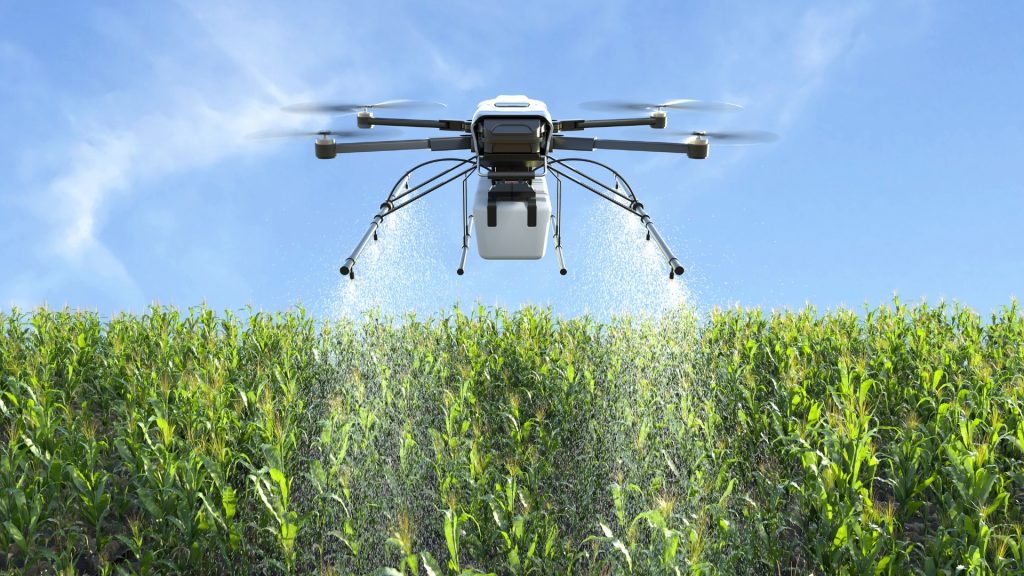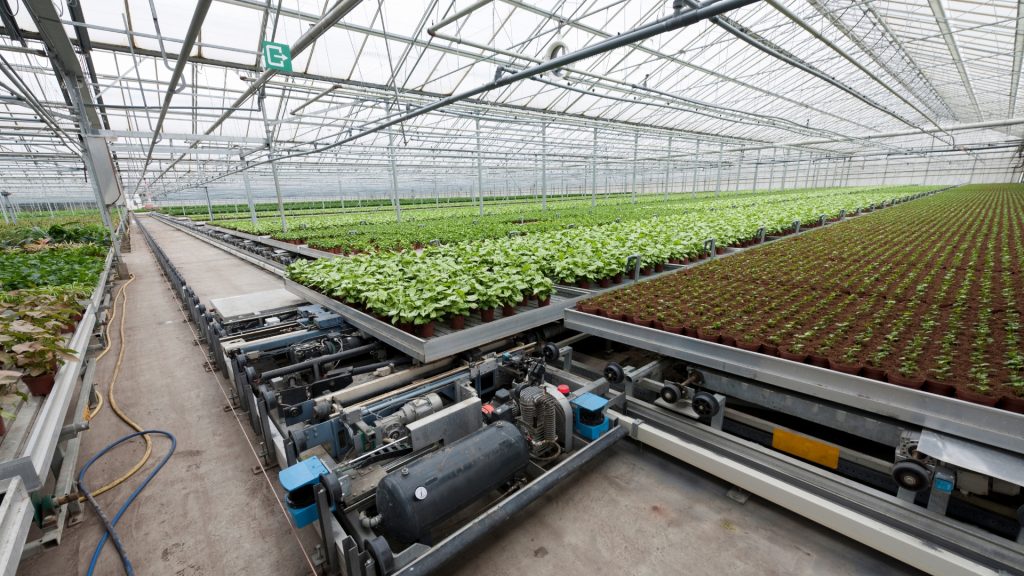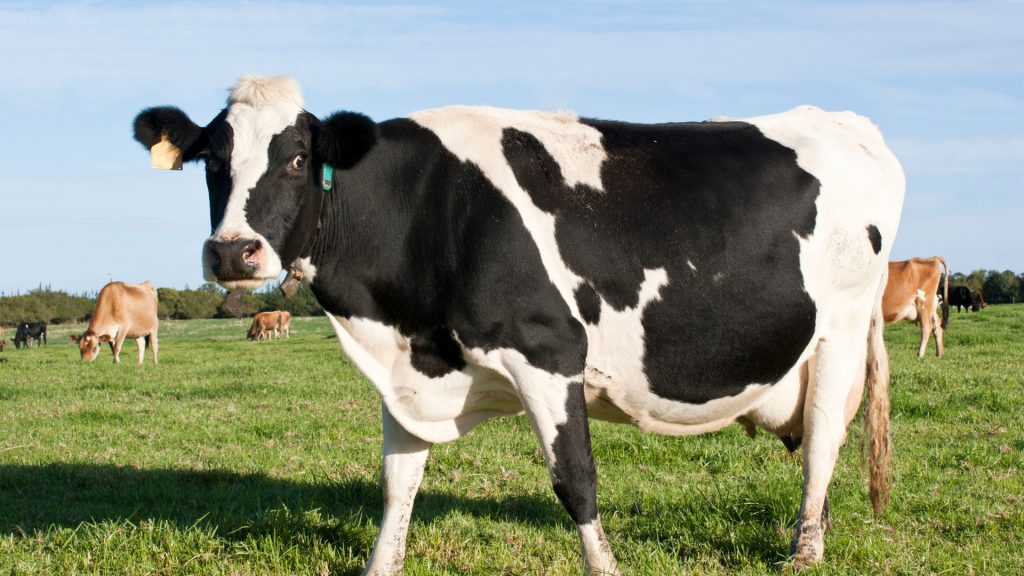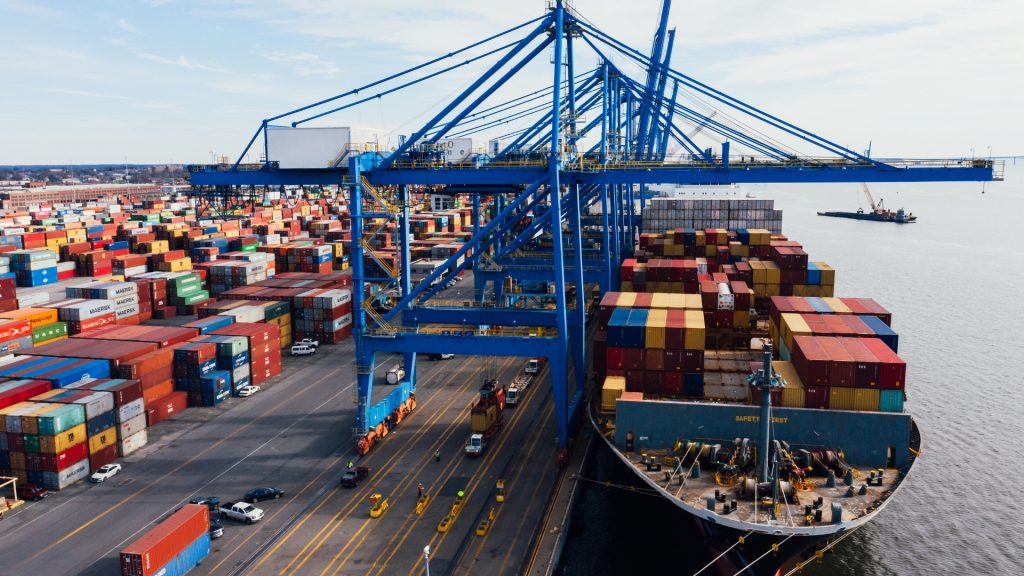
Technology Towards Sustainable Farming
The world population is projected to jump from 8.1 billion, as of 2024, to a 9.9 billion peak by 2050, as projected by the UN. Farmers will have to jack up food production by 70 percent to accommodate these additional heads. By now, doing this has already taken up 34 percent of the land and 69 percent of all freshwater. So, the farmers of today besides meeting the current demand for food have to make sure that they are not debilitating the abilities of that of the future generation.
In other words, they need to practice sustainable farming. This requires an efficient production system to be on the go. The prerequisites of such a system entail – making informed decisions, being proactive in farming practices instead of curative, and reducing the wastage of agricultural resources like land, water, and fertilizer. Quite a task, isn’t it?
But thanks to the Internet of Things for easing our burden a little. By its virtue, farm management is attaining new heights by the year with emerging concepts like precision farming. That is, with big data close at hand, farmers now have far greater control over their farming practices than ever.
Internet of Things: The Philosophers Stone in Sustainable Farming
IoT tools used in agriculture are generally all internet-based sensors, cameras, wearable devices that give real-time data about everything relevant, such as the weather, soil compositions, nutrient requirements of crops, pest presence in the soil to livestock location, livestock vitals etc. Insights thus obtained allow for the optimization of agricultural operations.
Farmers no longer have to have their livelihood dependent on the whims of Mother Nature. They no longer have to spend time in instinctive, many-a-time-fruitless guesswork.
Let’s dive deeper now and take a look at a few areas IoT has transformed:
Crop Management

An aerial drone used in crop management
Food security is at major risk because of changing temperatures and volatile world climate. To our relief though, IoT has made it possible to track weather patterns. Consequently, farmers can plan ahead by viewing samples of weather data at different times of the year. It is possible to know how much rain has fallen during a period, the changes in wind speed, wind direction, air pressure, humidity, precipitation level and so on.
In every step of the crop cycle, IoT works its magic. Drones, both ground-based and aerial gather detailed data about the topography and soil. This aids the farmers in planning seeding patterns at the best possible location. Crop spraying, irrigation, pest control, and health evaluations are also among other processes streamlined by efficient use of technology.
Greenhouse Automation

An automated greenhouse
Smart greenhouses, essentially houses ranging from semi-automated to fully automated ones with the ideal temperature, moisture, aeration etc. for growing plants, uses machine learning to record information as regards plants and the environment most suiting to them. Wireless sensors collect real-time information, use data analytics and provide recommendations via mobile devices, which enable regulation of the microclimate inside the house. Irrigation and fertigation can be timed in this way as needs arise.
Sprinkler systems receive a signal from irrigation sensors when the water level is below the expected mark and are accordingly set off. Farmers can, in addition, perfect the system by using flood sensors that will automatically turn off the valves to avoid flooding. On the other hand, there are sensors in different equipment and spreaders to help analyze the geospatial coordination of different parts of the field. Using this information later can help configure fertilizer mix – in line with the requirements of individual sections of the land.
Livestock Management

Cattle tracking collars
Livestock management requires ranchers to keep an eye on the animals around the clock, the impossibility of which comes as no surprise. Here comes IoT again to their rescue with smart tracking collars. These help the ranchers monitor the location and safety of the farm animals as well as their blood pressure, heart rate, respiratory rate, digestion, temperature, and other vitals. Any abnormalities are instantly alerted via mobile notifications suggesting a possibility of some kind of illness.
A cattle rancher can now also keep tabs on the reproductive cycle of a cow in labor potentially eliminating the risks associated with calving processes.
Logistics

Smart tracking of logistics
The entire profit chain rests on the transit process that follows the manufacturing, making a smooth supply chain indispensable. Smart devices track shipment vehicles using GPS at every point of the supply chain while suggesting the quickest route to the destination and logging in delivery statuses.
Sustainable farming (IoT-based) vs Traditional farming
Whereas conventional farming is labor intensive, IoT-based sustainable farming relies more on automation and precision. This directly reduces labor costs and the exertion of manual labor when farmers take on the latter type of farming. Data analytics, on the other hand, make way for the farmers to make the right decisions at the right time.
Heavy plowing and fertilizer use have degraded soil around the globe. IoT regulates the rate of fertilizer application and irrigation. Making irrigation and fertilization less manual grants farmers more time to invest in other significant farming activities. During transportation too, IoT updates farmers on the condition of their products, establishing greater control over the supply chain.
- To sum up, IoT nudges farming to another level, in that, it:
Saves time - Reduces labor cost
- Produces greater quality and quantity of output
- Reduces resource wastage, ultimately lowering inputs and optimizing outputs.
All of this is imperative to building an efficient production system that the world is in great need of.
There is no denying that connected technology has many advantages in agriculture. Although still at an early stage of development, more sophistication will definitely take this sector over in the coming decades. However, farmers are still in the dark on the concept of IoT devices & using technology to improve agriculture. So, turning to sustainable farming with the adoption of technology necessitates two things. First, equipping our farmers of its concept, of how they can utilize IoT in their farming. Following this, the second part, that is, letting the farmers do their bit more efficiently, will automatically be set in motion.